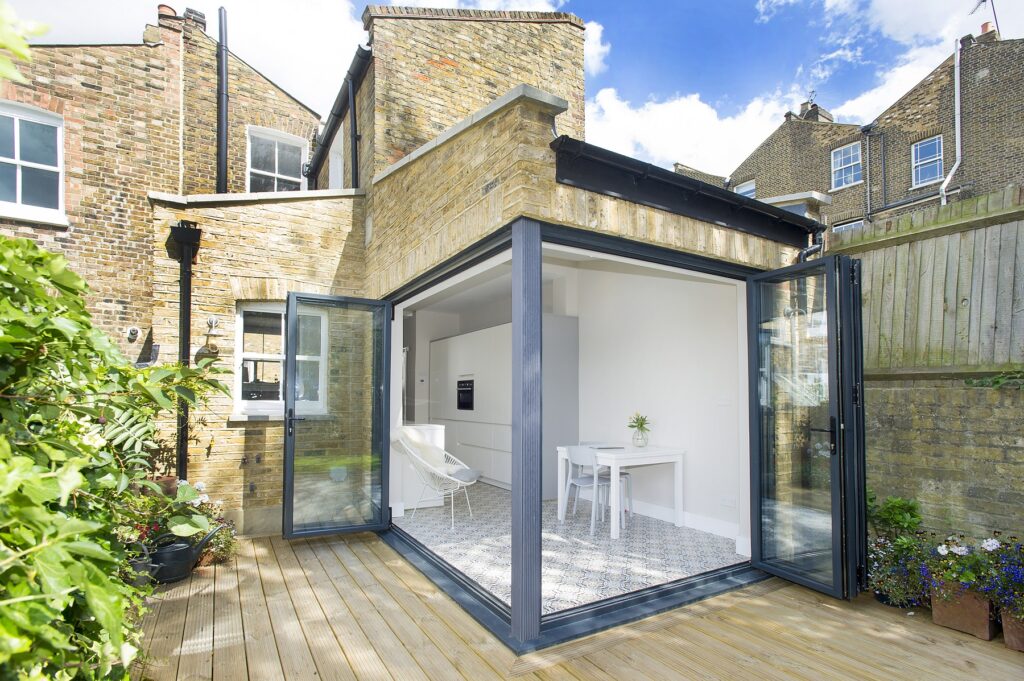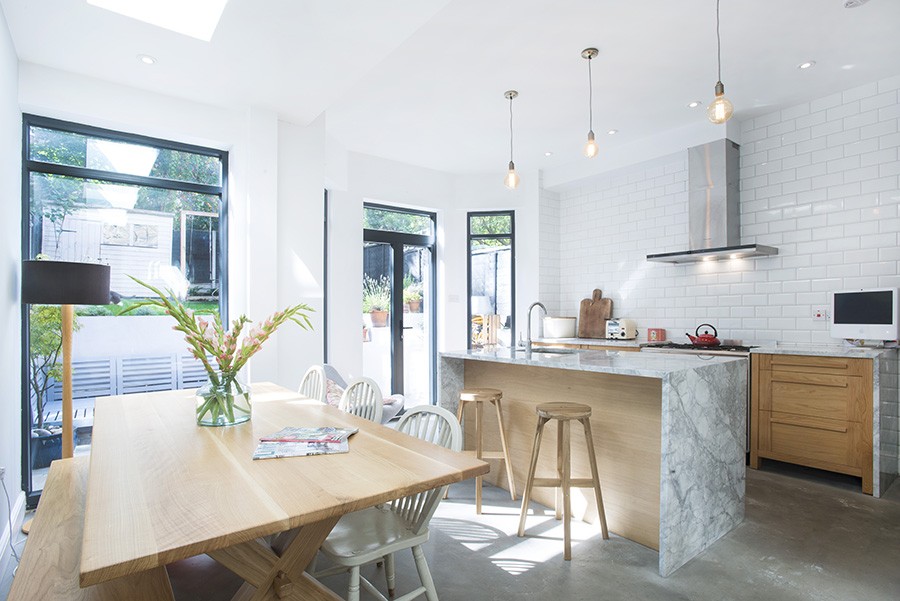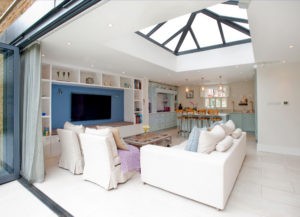Extending your home is an exciting investment, promising extra space, enhanced functionality and a potential boost in property value. However, like any renovation, you need to allocate your budget carefully to hit the right balance. Certain elements demand a higher spend to ensure quality, durability and lasting appeal, while others can achieve the same desired impact at a lower cost. Here’s a breakdown of where it’s worth splurging and where you can cut back in your home extension project.
Spend on Structural Elements
The structural integrity of your extension is one area where you should never compromise. Spending on quality materials, skilled labour and engineering consultations ensures that your new space is both safe and durable. This includes the foundation, framing and any load-bearing walls or beams that will support the structure. Skimping on this can lead to significant repair costs down the line and could affect the resale value of your home.
Hiring a trusted architect or structural engineer is also part of this investment. They can help identify any potential issues early on and recommend solutions to ensure your extension is built to last. A well-constructed base and frame will quite literally lay the foundation for everything else.

Save on Finishes and Fixtures (Where Possible)
Finishes and fixtures can add style and personality to your extension, but there are budget-friendly ways to achieve a high-end look without breaking the bank. You don’t need top-of-the-line finishes in every aspect—there are many stylish yet affordable choices on the market that can elevate your space without blowing the budget. For example, mid-range cabinetry, ironmongery and other fixtures can still look sophisticated, especially when paired with a few standout pieces.
Spend: Invest in a few key features that enhance the look and feel of your extension. A statement light fixture, for instance, can elevate the entire room. Consider splurging on key finishes like durable worktops in high traffic areas, such as the kitchen, that will withstand daily use.
Spend on Energy Efficiency
An energy efficient extension can significantly lower your utility bills in the long run, making it a wise area for investment. Upgrading insulation, opting for double or triple glazing and investing in energy efficient appliances all contribute to better temperature regulation, keeping your home comfortable year-round. In the UK’s climate, quality insulation and glazing are especially valuable, helping maintain warmth during colder months while reducing heat buildup in the summer.
Save: Not every item needs to be energy efficient or premium grade to save on your bills. Basic LED lighting and standard double-glazed windows can often be just as effective as high-end models at a fraction of the cost.
Save on Non-Essential Rooms
If your extension includes a utility room, pantry, or storage area, these are ideal places to save. These rooms don’t usually require premium finishes or fittings, so you can opt for simpler, more affordable choices. For instance, you might use cost-effective cabinetry and basic flooring in these areas, as they typically receive less foot traffic and don’t need the same aesthetic appeal as main rooms.
Spend: However, if you’re adding a kitchen or bathroom to your extension, you’ll want to allocate a larger portion of your budget here. Quality fittings in these spaces add both comfort and value to your home and can make daily tasks more enjoyable.
Spend on Functional Layout and Design
A well planned layout is one of the best ways to futureproof your home. Investing in the services of an experienced architect or designer can ensure that you make the best use of the available space, particularly if your extension has multiple purposes. An expert can help you create a layout that maximises natural light, integrates with your existing home seamlessly and enhances functionality.
Save: If you’re working with a simpler project, such as a single-room extension or straightforward addition, it may be possible to skip the designer and work directly with a builder using a standard layout. However, if your extension is more complex, professional design input is a worthwhile spend.

Save on DIY-Friendly Tasks
Certain elements of the extension project may be suitable for DIY work, depending on your skills and experience. Painting, simple landscaping, or even minor tiling are tasks that you could take on yourself to save costs. DIY-friendly finishes allow you to add your own touch to the space while keeping expenses down. Consider also saving on interior decor by using items you already own or upcycling furniture for a unique, personal touch.
Spend: However, avoid DIY for complex work like plumbing, electrical, and structural installations. These areas require trained professionals to meet safety regulations, ensure durability and minimise the risk of future issues.
Spend on High Quality Flooring
Flooring is an investment that can dramatically impact the feel of your extension, especially in high traffic areas like kitchens, hallways, or living rooms. Quality flooring options like hardwood, porcelain tiles, or premium vinyl provide both durability and aesthetic appeal. With proper maintenance, these materials will look great for years, making them a worthy long-term investment.
Save: In less-used rooms, such as guest rooms or playrooms, you might opt for more affordable flooring. Laminate or standard carpet can offer a practical solution for these spaces at a lower price, allowing you to allocate more budget to the main living areas.
Save on Doors and Windows (Strategically)
Windows and doors are key to an extension, but you can strategically save on these elements without sacrificing quality. For instance, while expansive bifold doors create a beautiful indoor-outdoor connection, they can be costly. Consider alternatives like sliding doors or French doors, which often provide a similar effect for a lower price.
Spend: However, it’s essential to ensure that all doors and windows are energy-efficient, well-installed and made from durable materials to enhance both aesthetics and functionality.
Spend on Built-In Storage Solutions
Built-in storage adds functionality and value to your home, making it a worthwhile expense, especially in areas like kitchens, living rooms and bedrooms. Well planned storage solutions reduce clutter, improve organisation and help you make the most of every inch of space. Consider custom cabinetry or integrated shelving for a streamlined look that enhances the usability of your extension.
Save: Freestanding storage, such as bookcases or cabinets, can work well in secondary spaces or as temporary solutions until you’re ready to invest in built-in storage.
Save on Smart Technology Upgrades (Initially)
While smart home technology is an exciting area, not every device is necessary from the start. Save on initial tech expenses by focusing on essentials like smart thermostats or basic lighting systems. You can always add other smart gadgets, like automated blinds or integrated home hubs, later as budget allows.
Spend: However, if you’re keen on smart technology, it’s wise to spend on wiring and infrastructure for future upgrades. Laying the groundwork for smart systems will make it easier to expand your tech capabilities down the road without additional construction work.































